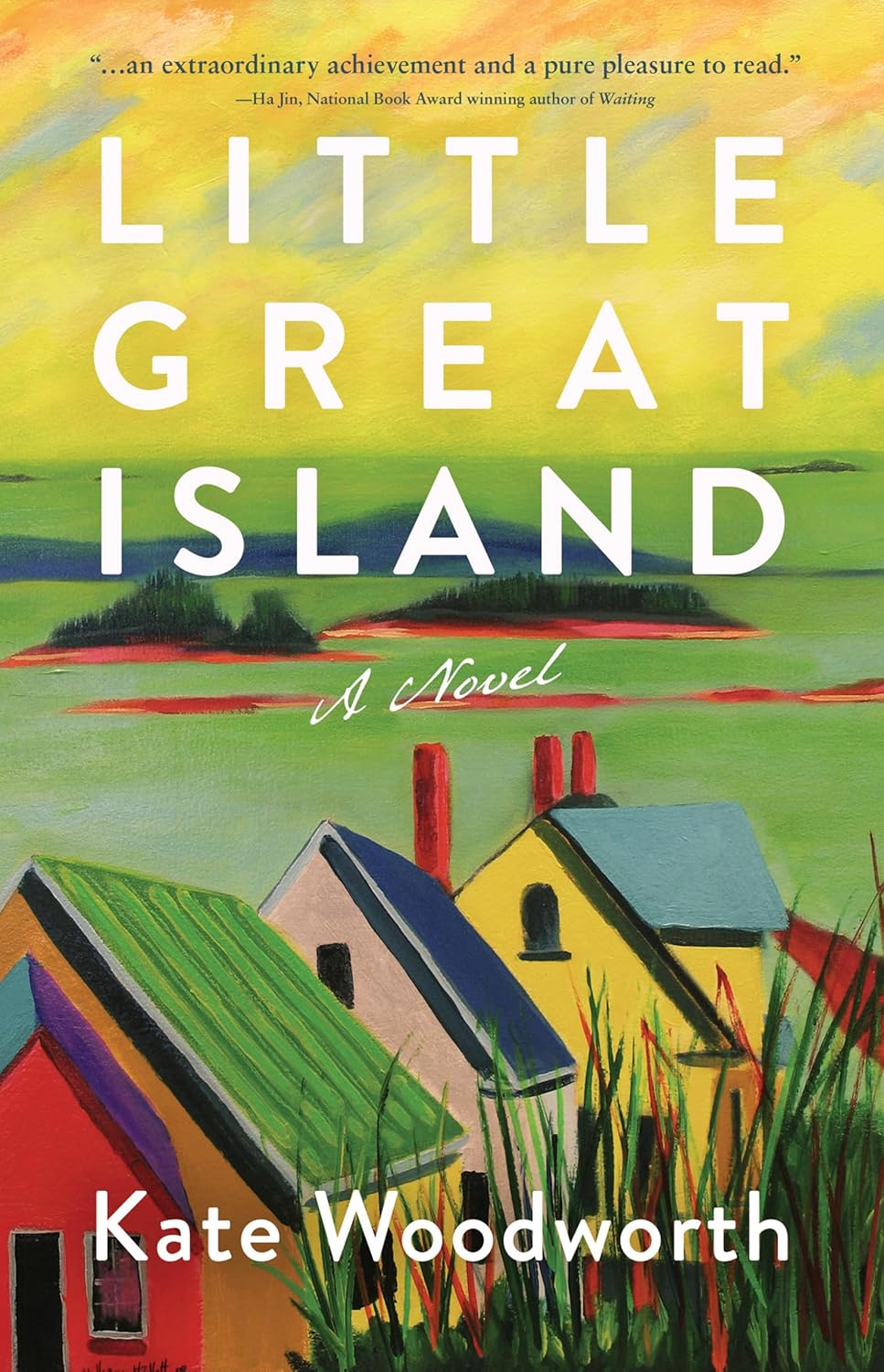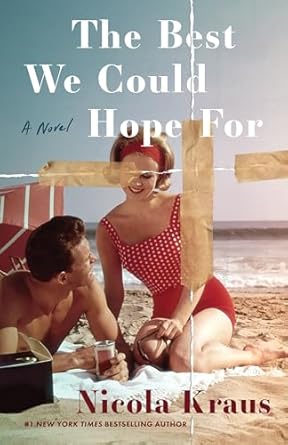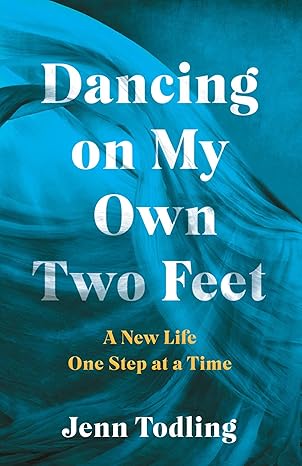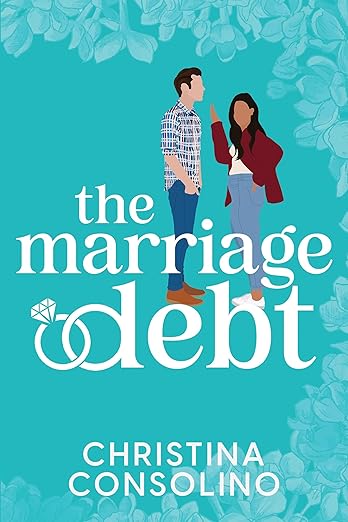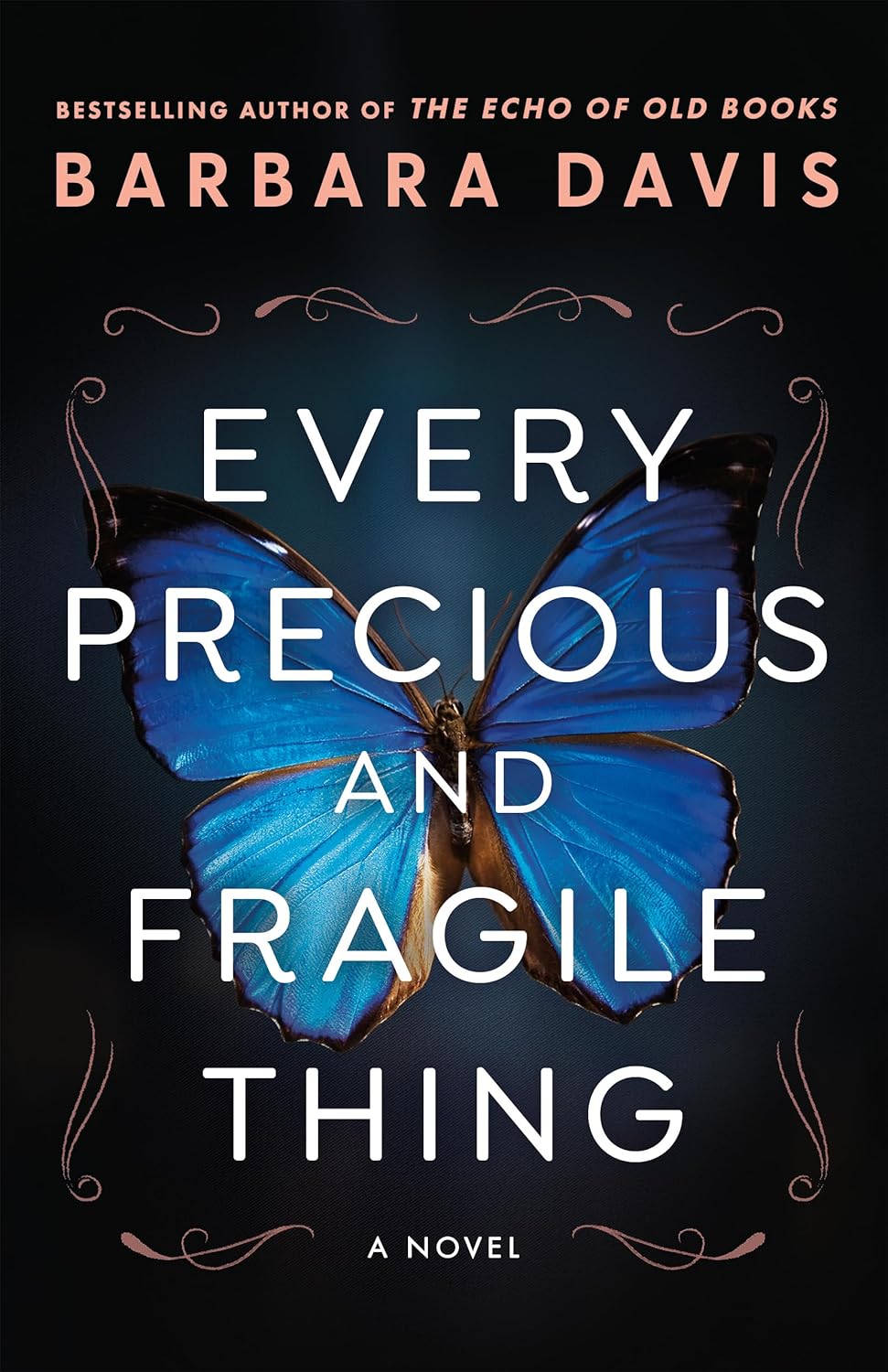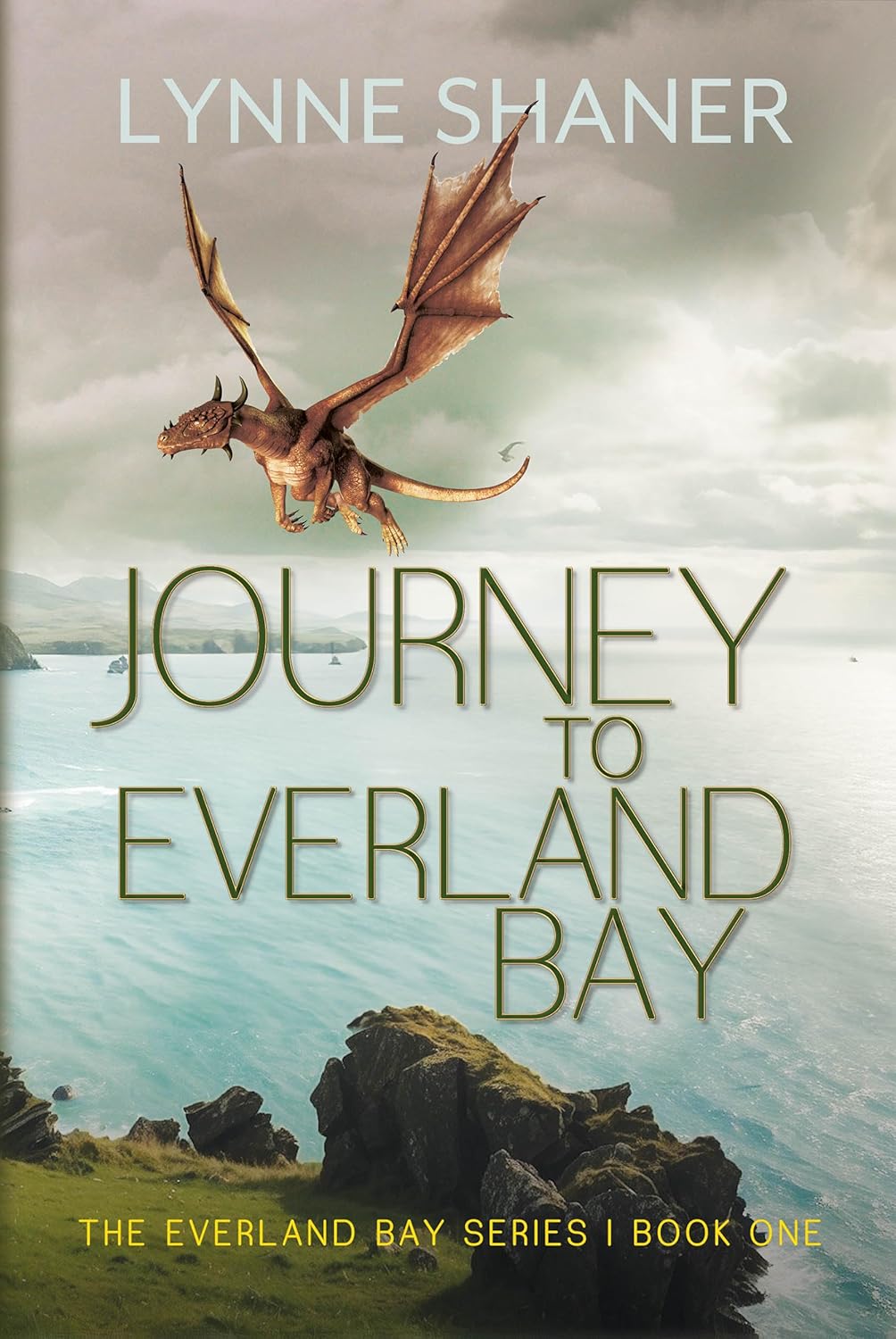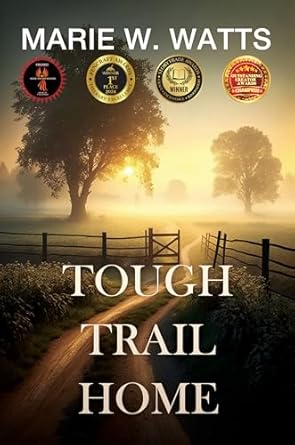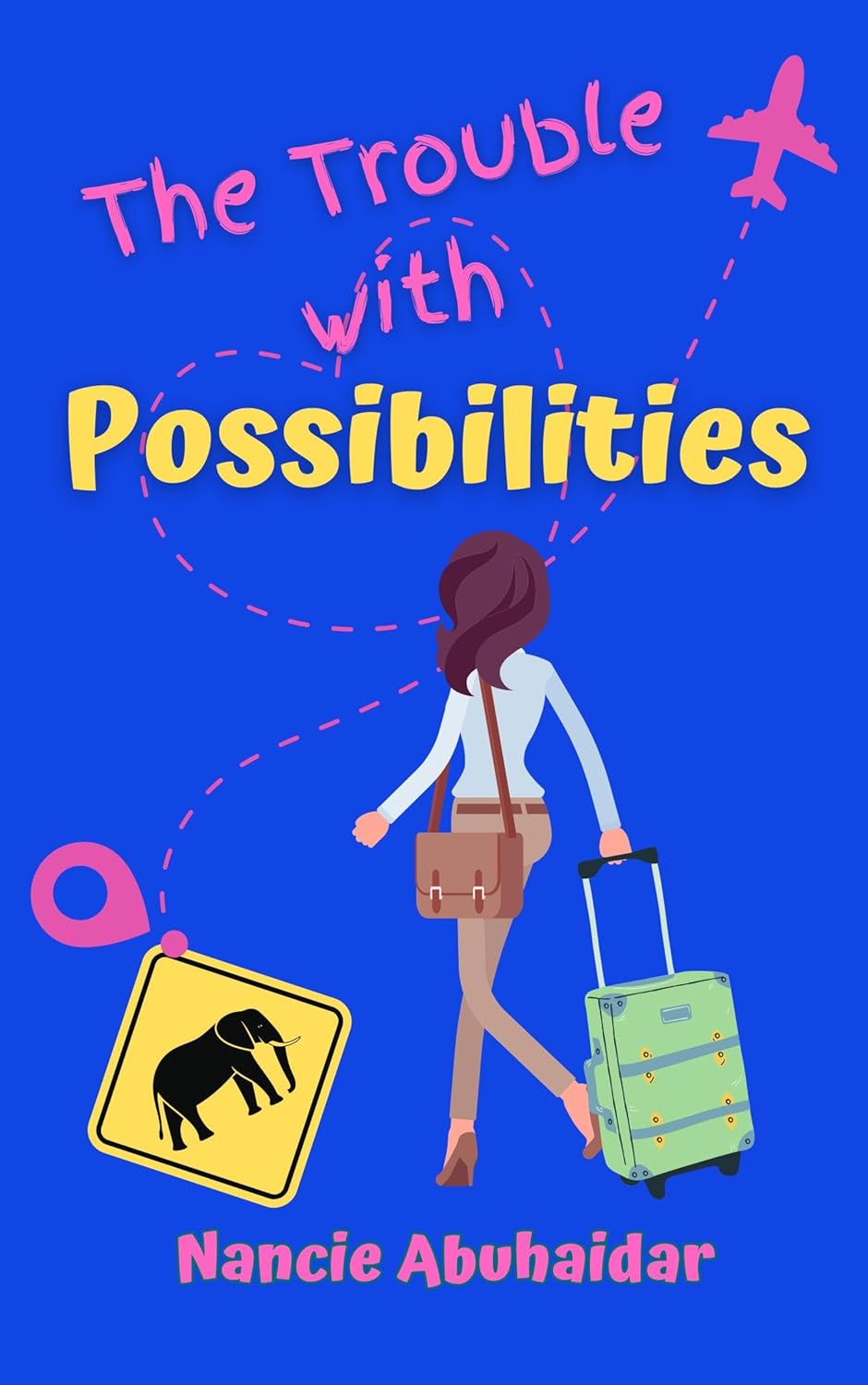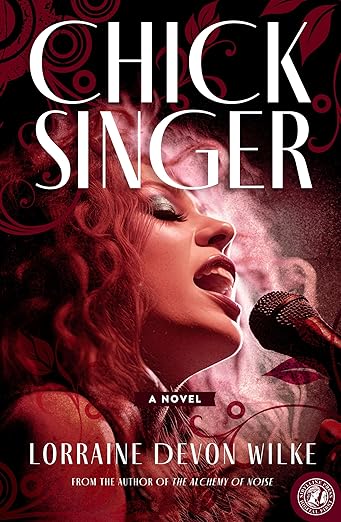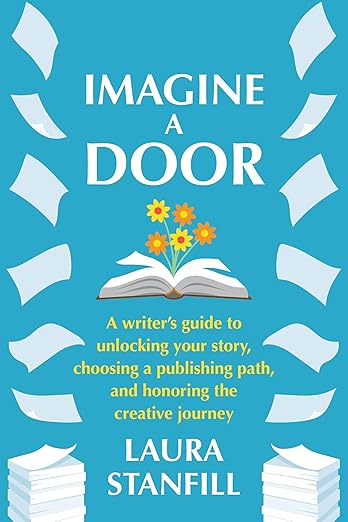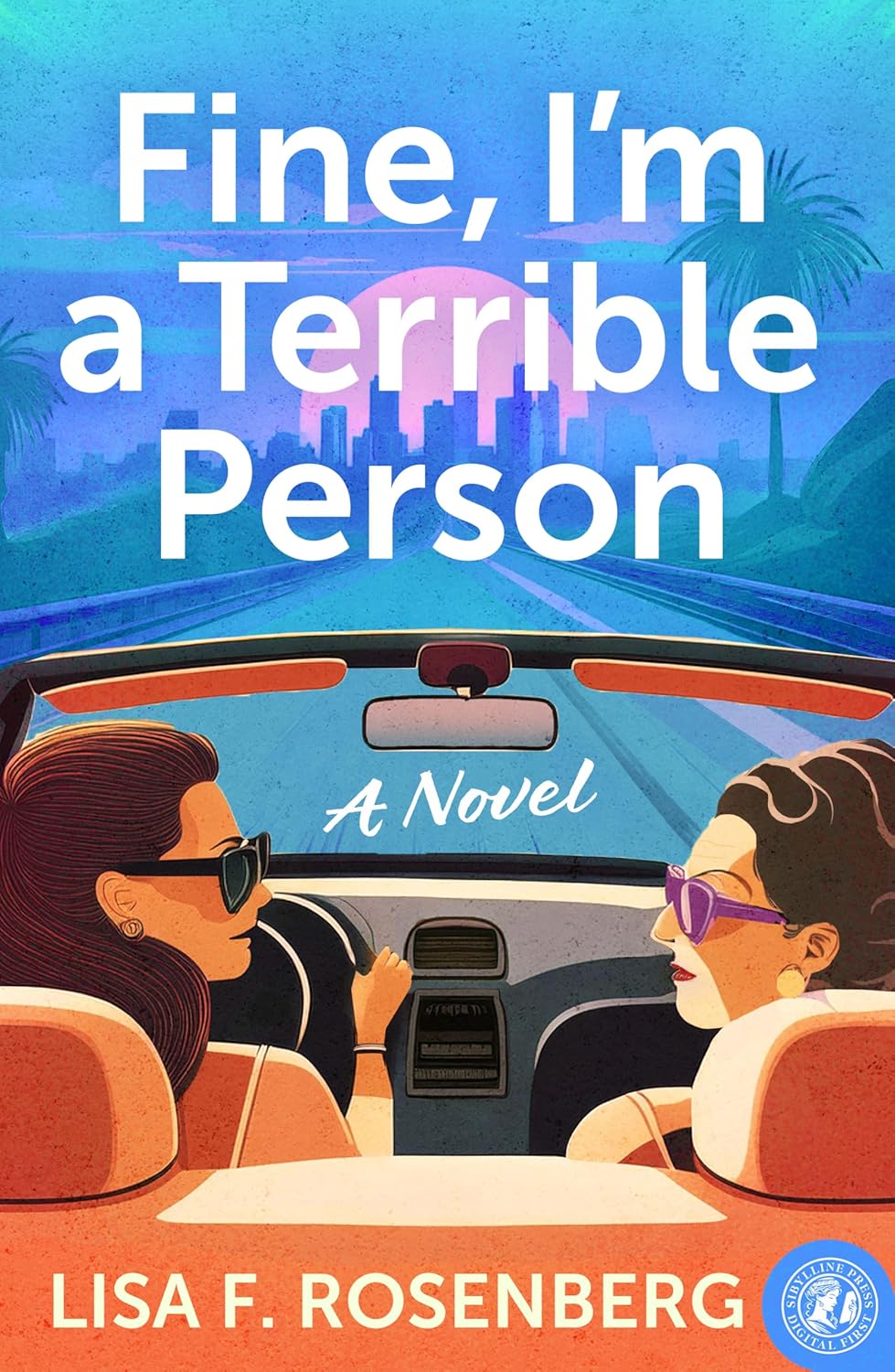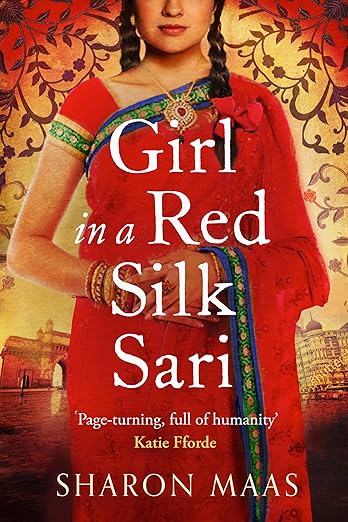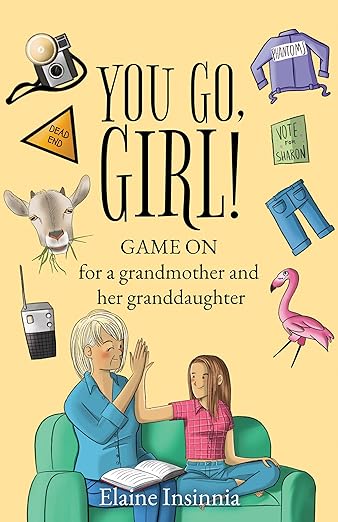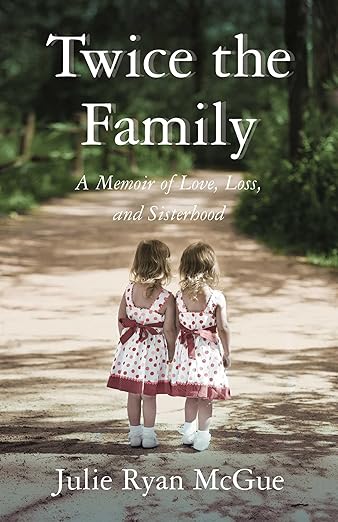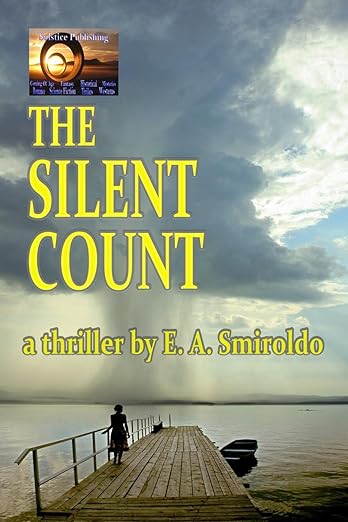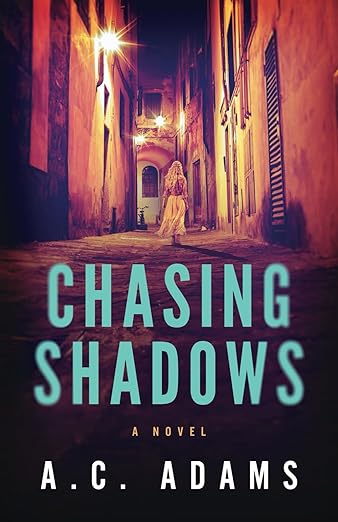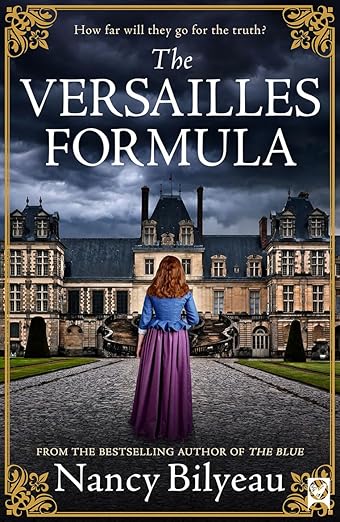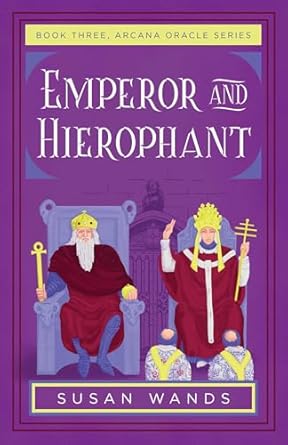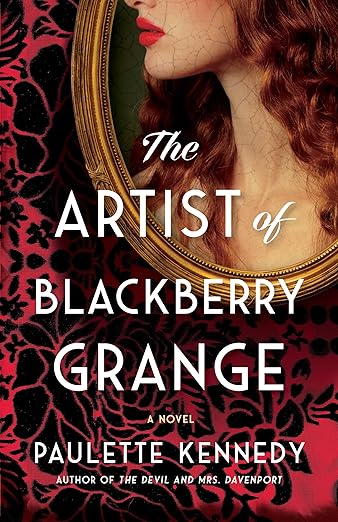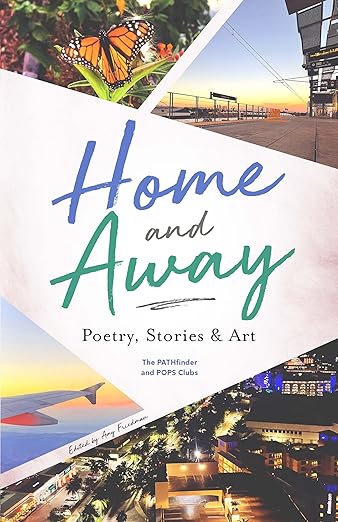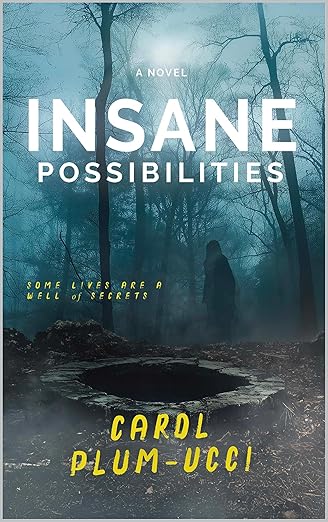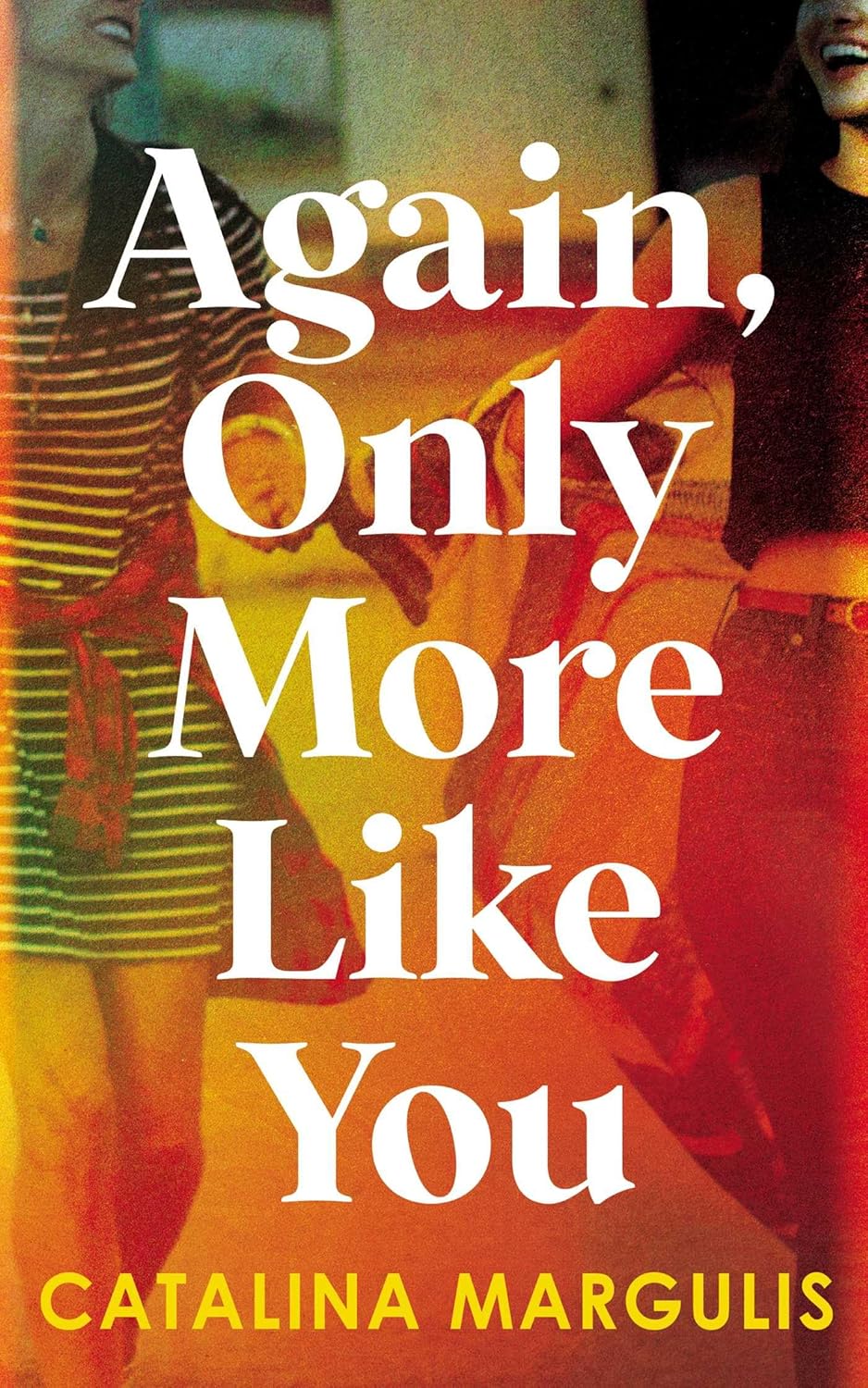Finding My Way Through the Dark: On Substack
By Beth Kephart
The Substack experts have advice for those seeking to carve out a place on this online platform that offers authors a chance to build both a newsletter and an audience. How to convert non-paying subscribers to paying ones via the strategic use of paywalls. How to write less and earn more. How to use a feature called Notes to boost visibility, gain traction, and interact with like-minded readers and writers.
The advice is considered and clear and often unsolicited.
In the face of it, I flail.
Do more, do better, the experts say. Improve your results. Sign up for this Substack course and watch your empire grow.
If only I were in pursuit of an empire. If only I had ever been. But for reasons I’m not sure I can entirely source, I am a perpetual outsider, a do-it-myself-er, an in-the-margins dweller. As a competitive figure skater in my teenage years, I jumped from my right foot and landed on my left—the opposite of nearly all the skaters around me. As a new mom I navigated the bewildering terrain without the community of new moms like me. As I writer I have stumbled forth with no critique group, no critique partner. As a paper artist I have mostly taught myself, which has given rise to some cool breakthroughs … and fine failures.
Then there’s this: I write books that bend to no trend, befit no brand, and often so defy helpful categorization that they raise more questions than they answer: Is Flow: The Life and Times of Philadelphia’s Schuylkill River a history, a faux memoir, an extended prose poem, or a fantasy? Is Wife | Daughter | Self: A Memoir in Essays a true life story or a true life story hoping to shed light on the writing of true life stories? Is My Life in Paper: Adventures in Ephemera an epistolary memoir, a history of paper, or a conversation between remembrance and footnotes? Are my writing craft books how-to books or essays in which the how-to’s are suggested? Are those picture books for children really picture books for grown ups? Did I ever really think that all those novels I wrote for young adults would be read by anyone within that age group?
And this new book—Tomorrow Will Bring Sunday’s News: A Philadelphia Story (Tursulowe Press, April 1)—what shall I call it? It is, yes, my debut novel for adults. But it is also a book inspired by the mythology of my grandmother, a book in which fiction cedes to memoir and memoir cedes to fiction, a book of the imagination strongly rooted in deep historical research.
I’m not proclaiming myself to be a proud iconoclast. I’m just who I am, who I have always been—a writer who has placed the burden of her outsider self upon a system that has been traditionally best served by clear lines, labels, and distinctions.
So here I am now, with my Substack—The Hush and the Howl—all of five months old, as of this writing. Here I am doing precisely as I please in that digital space, failing to abide by the best practices as I understand the best practices to be. I do not publish according to a regular schedule. I don’t block comments for non-paying subscribers. I provide additional content to paying subscribers, yes, but on an irregular basis and in an irregular way (sometimes as podcasts, sometimes as embedded prompts, sometimes as more in-depth reflection). And while the content of The Hush and the Howl is consistent—prose poems that erupt from memory and ache; essays that ponder the writer’s life and approach to the page; occasional behind-the-scenes glimpses of Tomorrow—the unifying aspect of my posts is the art that I make or (rarely) the photographs I take. It’s the art in dialogue with the writing that makes for my Hush and my Howl.
My Substack is my freedom space—the world I design and cull. It is me just as I’ve always been, finding my way through the dark. It’s me finding joy in a world that grows oppressively dark. And, finally, it’s me spending time with other like-minded souls, with those who have found me (however they have found me), who have forged a community (it’s really so lovely), and who don’t protest (at least not in ways that I can hear them) when I color outside the lines or do not color at all.
Should I start a Substack to promote my new book? I’ve been asked by some. I say start a Substack for the glory of it, for the time it gives you to spend time with yourself—remembering and thinking and writing and sharing and conversing with those who, one way or the other, come. Like-minded people finding like-minded people, all brought to you by Substack.
—
Beth Kephart is the award-winning author of some three-dozen books, an award-winning teacher, and a paper artist. Her new book is Tomorrow Will Bring Sunday’s News: A Philadelphia Story. Find her at The Hush and the Howl.
Tomorrow Will Bring Sunday’s News: A Philadelphia Story
 Tomorrow Will Bring Sunday’s News yields 1918 Philadelphia, a city of war and racism, women’s rights and women’s work, the ferocious paralysis of a bloody race riot, and a flu that will prove to be more deadly than the war. It introduces sixteen- year old Peggy Finley, a character inspired by Kephart’s own mysterious grandmother. Smart, Peggy has ambitions. In love, she has a future. But when the draft sweeps through the city and ensnares the boy she loves, when her best friend, a German American, is attacked for the crime of being herself, when there is simply not enough to go around, Peggy takes on employment as a doffer at the brand-new Fleisher yarn factory, entering a community of other spirited young women determined to make a difference in a world beyond their control.
Tomorrow Will Bring Sunday’s News yields 1918 Philadelphia, a city of war and racism, women’s rights and women’s work, the ferocious paralysis of a bloody race riot, and a flu that will prove to be more deadly than the war. It introduces sixteen- year old Peggy Finley, a character inspired by Kephart’s own mysterious grandmother. Smart, Peggy has ambitions. In love, she has a future. But when the draft sweeps through the city and ensnares the boy she loves, when her best friend, a German American, is attacked for the crime of being herself, when there is simply not enough to go around, Peggy takes on employment as a doffer at the brand-new Fleisher yarn factory, entering a community of other spirited young women determined to make a difference in a world beyond their control.
Ultimately, Tomorrow asks this question: How do the stories we imagine become the truths we won’t forget? It offers history as commentary on the world we live in now.
Category: How To and Tips




